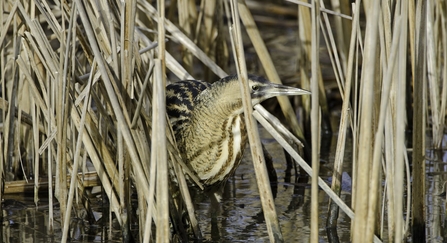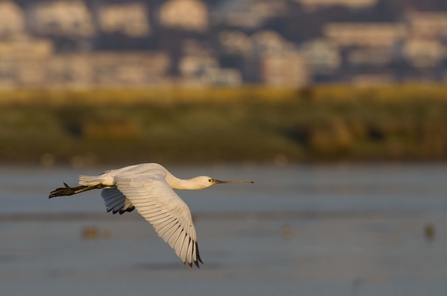Some of you will be looking forward to the UK hosting Eurovision this weekend, and many of you will not be bothered whatsoever.
But what (I hope) us nature-lovers can are all looking forward to, is the arrival of our spring and summer migratory birds. And whether you’re watching Eurovision or wild birds, you’ll be treated to a variety of performances this season, from the bold and colourful, the shy and tuneful, to the downright weird. Here are a few species to keep an eye (or ear) out for.








